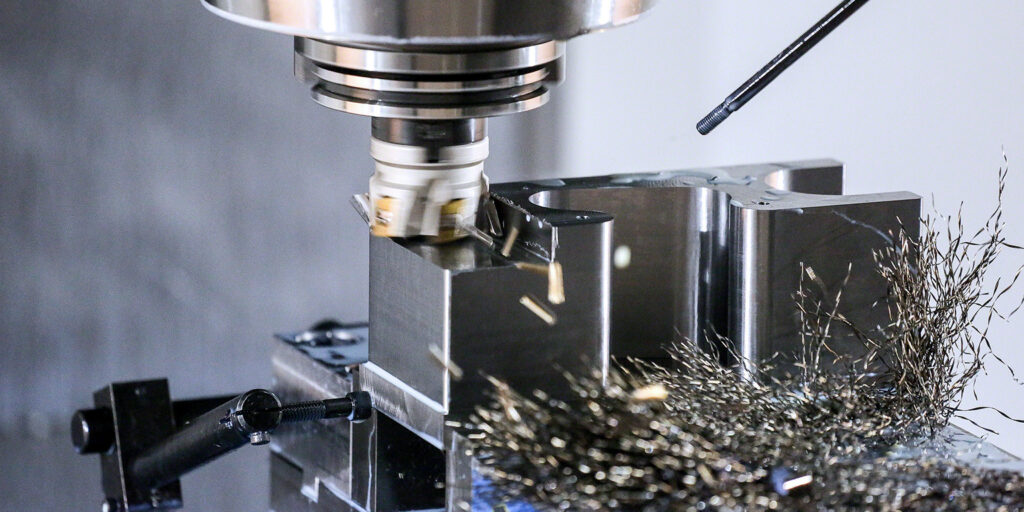
Selling Your Used Haas Machinery: Best Practices for Success
When it comes to selling your used Haas machinery, you want to ensure a smooth and successful transaction. Haas machines are known for their durability and precision, making them highly desirable in the secondary market. However, selling used machinery can be challenging if you’re unfamiliar with the best practices. Below, we’ll guide you through essential steps that will maximize your chances of a successful sale, while ensuring a seamless experience for both you and the buyer.
1. Know the Value of Your Haas Machinery
The first step in selling any piece of equipment is knowing its true value. Market conditions, machine condition, age, and accessories all impact the price of used Haas machinery. Start by checking the current market trends for your specific model. Websites that specialize in industrial equipment sales, such as auction platforms and classified listings, can provide a baseline of what others are asking for similar machines.
Beyond the market value, also consider:
- The overall working condition of the machine.
- Any upgrades or retrofits that have been added.
- Hours of operation and maintenance history.
The better the condition and the more transparent you are with the machine’s history, the more likely you are to command a higher price.
2. Thoroughly Clean and Service the Machine
Presentation is key when selling used equipment. Before taking photos or listing your Haas machine for sale, it’s essential to clean and service the equipment thoroughly. Dirt, grime, or signs of neglect can deter potential buyers. Additionally, having a recent maintenance record or a service check-up can provide reassurance to the buyer that the machine is ready to go into production without issue.
Small details such as replacing worn parts, lubricating moving parts, and ensuring safety mechanisms are operational can make a significant difference in how attractive your machine appears to potential buyers.
3. Take High-Quality Photos and Videos
When selling used machinery, visuals are crucial. Prospective buyers want to see detailed images and videos that give them a sense of the machine’s condition and performance. Here are some tips:
- Take clear, well-lit photos from multiple angles.
- Include close-ups of the machine’s control panel, tooling area, and other critical components.
- If possible, create a video showing the machine in operation. This helps build buyer confidence.
Make sure to be transparent about any visible wear or imperfections, as hiding these can lead to lost sales or disputes later on.
4. Create a Detailed Listing
A detailed and accurate listing helps attract serious buyers and avoids unnecessary back-and-forth communication. Your listing should include:
- Machine make and model.
- Year of manufacture.
- Specifications (work envelope, spindle speed, control system, etc.).
- Maintenance and service history.
- Upgrades or modifications.
- Current condition and any known issues.
Including all relevant information upfront saves time and builds trust with potential buyers.
5. Advertise in the Right Channels
To reach your target audience, list your Haas machinery in platforms frequented by industrial buyers. Use specialized machinery marketplaces, auction platforms, or industrial forums to increase visibility. Social media platforms like LinkedIn and Facebook also have industry-specific groups where you can post your listing.
Additionally, consider working with a broker who specializes in used Haas machinery to help guide the sales process and connect you with potential buyers.
6. Be Ready to Negotiate
Buyers of used machinery will often want to negotiate. Be prepared by setting a fair asking price that allows for some flexibility. Know your bottom line in advance and be open to reasonable offers. Having a professional attitude during negotiations will increase your chances of closing the deal.
Conclusion
Selling your used Haas machinery can be a profitable endeavor when done correctly. By following these best practices, you’ll not only attract more serious buyers but also ensure a smooth, professional transaction. If you’re ready to list your equipment or want more details on how to sell, check out more information on Used Haas machinery to get started today.
By properly valuing, preparing, and marketing your equipment, you’ll have a much better chance of making a sale quickly and for the right price

